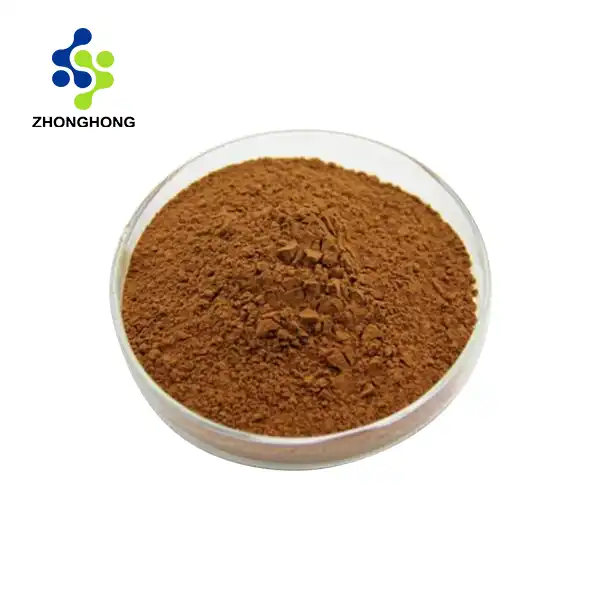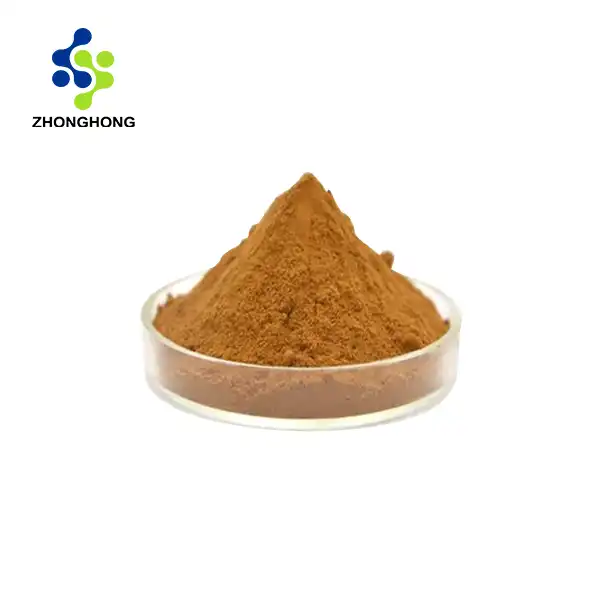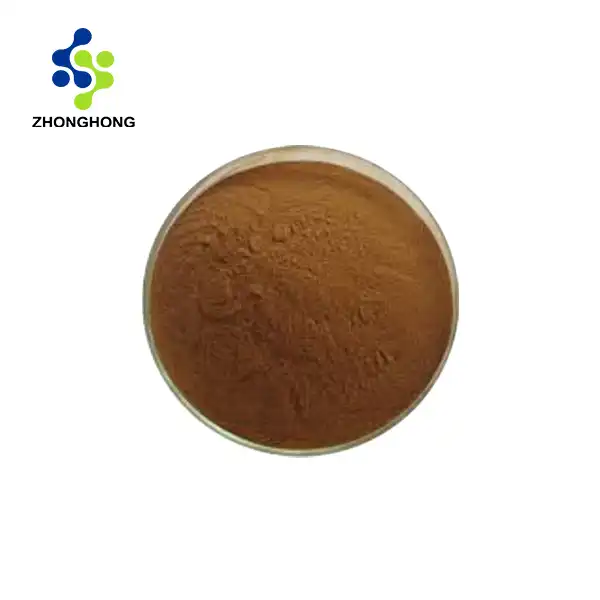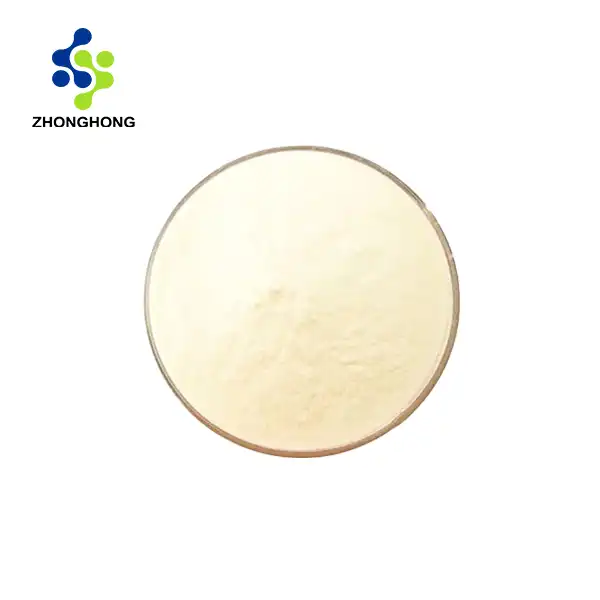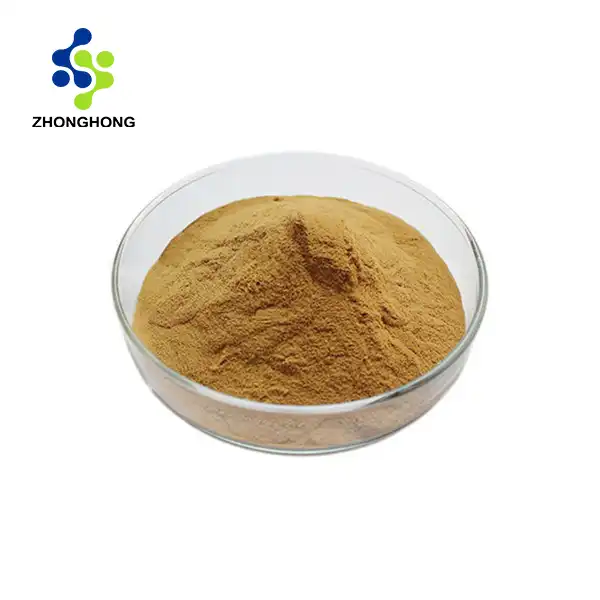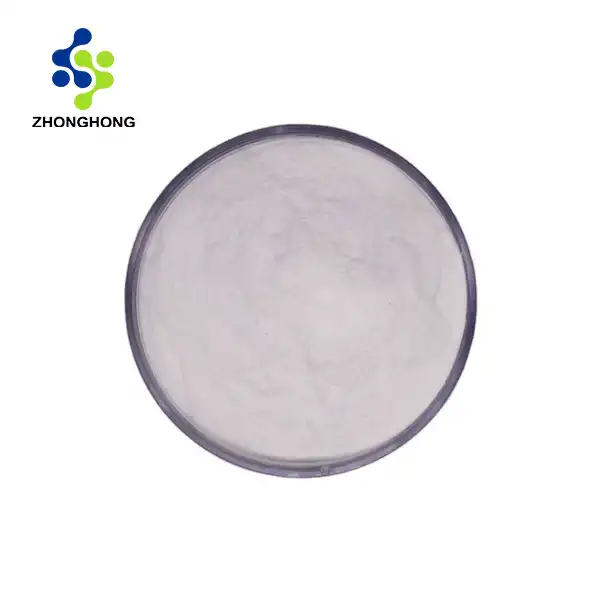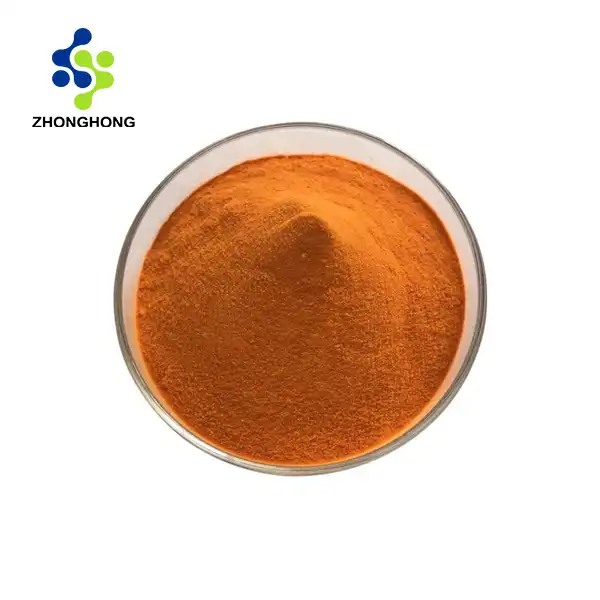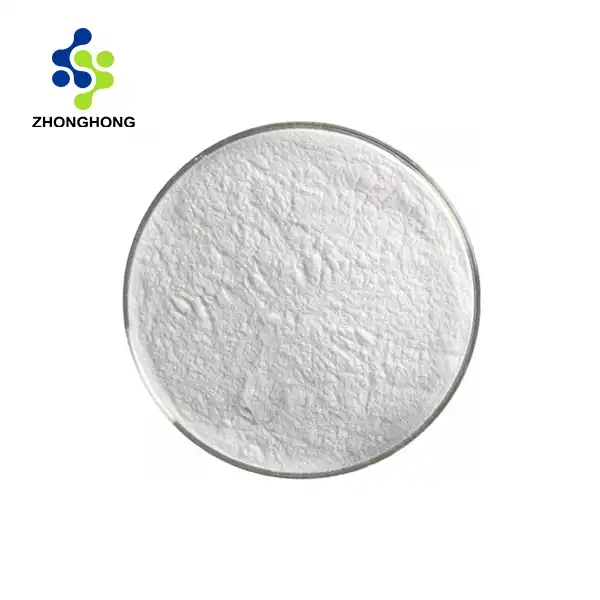How to dissolve chitosan powder?
2024-10-31 13:48:13
Chitosan powder's numerous applications in the biotechnology, pharmaceutical, food, and cosmetics industries require efficient dissolution. Preparing a diluted acidic solution, such as 1% acetic acid or 0.1M hydrochloric acid, is the first step in properly dissolving chitosan powder. While continuously stirring, gradually add the chitosan powder to the solution. To ensure complete dissolution, it is essential to keep the pH below 6.5. The process can take anywhere from 30 minutes to several hours, depending on the chitosan's molecular weight and degree of deacetylation. The dissolution process can be sped up by using magnetic stirring and gentle heating (up to 40°C). The solution should be clear or slightly cloudy once it has completely dissolved. Any undissolved particles can be removed from the solution by filtering it through a 0.45 m membrane for more precise applications. Keep in mind that the solubility of chitosan is influenced by pH; consequently, adjusting the pH after dissolution may result in precipitation.
Factors Affecting Chitosan Dissolution
Molecular Weight and Degree of Deacetylation
Chitosan's dissolution properties are significantly influenced by its molecular weight and degree of deacetylation (DD). In general, chitosan with a lower molecular weight dissolves more readily than chitosan with a higher molecular weight. This is because shorter polymer chains have fewer interactions between molecules, which makes it easier for them to separate in water. Additionally important is the percentage of deacetylated units in the polymer chain, which is referred to as the degree of deacetylation. Because it has more free amino groups that can be protonated, chitosan with a higher DD is more hydrophilic and soluble in acidic solutions.
pH and Acid Type
The pH of the solution is a critical factor in chitosan dissolution. Chitosan is soluble in acidic conditions, typically below pH 6.5. This is because the amino groups of chitosan become protonated in acidic environments, increasing its hydrophilicity and promoting dissolution. The type of acid used can also affect the dissolution process. Common acids used include acetic acid, hydrochloric acid, and lactic acid. Each acid may interact differently with chitosan, potentially affecting the final properties of the solution. For instance, acetic acid is often preferred in many applications due to its mild nature and compatibility with biological systems.
Temperature and Agitation
Temperature and agitation are two physical factors that can significantly enhance the dissolution of chitosan powder. Increasing the temperature (up to about 40°C) can accelerate the dissolution process by increasing the kinetic energy of the molecules and weakening intermolecular forces. However, it's important not to exceed this temperature as it may lead to degradation of the chitosan. Agitation, through methods such as magnetic stirring or mechanical mixing, helps distribute the chitosan particles evenly throughout the solution and prevents the formation of clumps. Proper agitation ensures that fresh solvent is constantly in contact with the chitosan particles, promoting faster and more uniform dissolution.
Step-by-Step Guide to Dissolving Chitosan Powder
Preparation of Acidic Solution
Preparing an acidic solution is the first step in dissolving chitosan powder. 1% acetic acid, which can be made by diluting glacial acetic acid with distilled water, is a common solution. Hydrochloric acid 0.1 M can also be used. Because it will affect the final pH of the solution and, as a result, the dissolution of chitosan, it is essential to ensure that the concentration of the acid is correct. To avoid splashing, always add acid to water rather than the other way around. When handling acids, wear appropriate safety gear like goggles and gloves. Utilizing a pH meter that has been calibrated is a good idea once the acidic solution has been prepared to ensure that it falls within the desired range for the dissolution of chitosan.
Addition of Chitosan and Stirring Techniques
The chitosan powder needs to be added after the acidic solution is ready. To avoid clumping, gradually add the powder while continuously stirring. This is a common use for a magnetic stirrer, which provides gentle and consistent agitation. Before adding more, the rate of addition needs to be slow enough to allow each portion of chitosan to disperse. Using a spatula or temporarily increasing the stirring speed can break up clumps if they form. The mixing ought to go on for a few hours, contingent upon the chitosan's properties and the ideal fixation. For additional thick arrangements or bigger amounts, a mechanical above stirrer may be important to give sufficient blending power.
Monitoring and Adjusting Dissolution Parameters
In order to achieve the best results possible during the dissolution process, it is essential to monitor and adjust various parameters. For effective dissolution, the pH should be checked periodically and kept below 6.5. A small amount of acid can be added to bring the pH back down if it rises above this point. Also keep an eye on the temperature, especially if heating is used to speed up the process of dissolution. This can be done with a thermometer or temperature probe. A good sign of how far along the dissolution process is the clarity of the solution. The solution should become increasingly clear or slightly opalescent as the chitosan dissolves. After prolonged stirring, cloudiness may persist, indicating incomplete dissolution or the presence of impurities. In situations like these, filtering through a membrane with a thickness of 0.45 mm can assist in the removal of particles that are not dissolved.
Applications and Considerations for Dissolved Chitosan
Biomedical and Pharmaceutical Uses
Dissolved chitosan has numerous applications in the biomedical and pharmaceutical industries due to its biocompatibility, biodegradability, and unique chemical properties. In tissue engineering, scaffolds that encourage cell growth and tissue regeneration can be constructed using chitosan solutions. Because they can form films and gels, which can aid in wound healing and protect against infections, chitosan solutions are ideal for wound dressing applications. Various drugs can be encapsulated in dissolved chitosan for controlled release and enhanced bioavailability in drug delivery systems. Due to its cationic nature in solution, chitosan can form complexes with negatively charged DNA or RNA molecules, making it useful for gene delivery. When using dissolved chitosan for these purposes, take into account the molecular weight, degree of deacetylation, and presence of any remaining acids, as these factors can affect biocompatibility and effectiveness.
Food and Cosmetic Industry Applications
In the food industry, dissolved chitosan has gained popularity as a natural texturizing and preservation agent. Due to its antimicrobial properties, it is useful for extending the shelf life of various food products. Chitosan-containing solutions can form edible films and coatings that protect fruits and vegetables from deterioration after harvest. In the production of beverages, chitosan solutions are utilized for clarification and as a fining agent. Because of its saturating and film-framing properties, broke up chitosan is utilized in various beauty care products. In hair care products, where it is frequently found, it has the potential to boost hair strength and shine. Chitosan solutions can be used as a natural thickener in lotions and creams and help skincare products stay hydrated. Using dissolved chitosan in these industries necessitates adhering to regulations and ensuring that no harmful substances are introduced during the breakdown process.
Stability and Storage of Chitosan Solutions
The practical application of chitosan solutions is heavily dependent on their stability. The drawn out dependability of these arrangements can be impacted by factors like pH, temperature, and ionic strength. Chitosan solutions are generally most stable at slightly acidic pHs between 4-6. If chitosan is exposed to a higher pH, it may precipitate. Temperature also has an effect on stability; Chitosan polymer degradation can result from prolonged exposure to high temperatures, but dissolution can be improved at moderate temperatures. To maintain stability, chitosan solutions should be kept in sealed, refrigerated containers at cool temperatures. Preservatives may be required for long-term storage, especially for biomedical solutions. Regular quality checks, such as measuring pH and visually inspecting for any signs of precipitation or microbial growth, are recommended to ensure that stored chitosan solutions continue to be effective.
Conclusion
Dissolving chitosan powder effectively is a crucial step in harnessing its full potential across various industries. By understanding the key factors affecting dissolution and following a systematic approach, researchers and industry professionals can optimize this process for their specific applications. As the uses of chitosan continue to expand, mastering its dissolution techniques will remain an essential skill in biotechnology, pharmaceuticals, food science, and cosmetics. If you want to get more information about this product, you can contact us at liaodaohai@gmail.com.
References
1. (2000), Kumar, M. N. V. R. applications of chitosan and chitin are discussed. 46(1): 1-27 in Reactive and Functional Polymers.
2. M. Rinaudo (2006) The chitosan and chitin: applications and properties 31(7): 603-632 in Progress in Polymer Science.
3. M., I. Younes, and I. Rinaudo Preparation of chitosan and chitin from marine sources Applications, properties, and structure 13(3), 1133–1174, Marine Drugs.
4. C. K. S. Pillai, W. Paul, and C. P. Sharma Chitin and chitosan polymers: fiber formation, solubility, and chemistry. 641-678, in Progress in Polymer Science, 34(7).
5. Chiellini, E., Dash, M., Chiellini, F., Ottenbrite, R. M., and Dash Chitosan is a biomedical semi-synthetic polymer with many uses. 36 (8): 981-1014, Progress in Polymer Science.
6. M. Z. Elsabee, E. S. Abdou, and others Food-safe coatings and films made with chitosan: A survey. Engineering and Science of Materials: C, 33(4), 1819-1841.
_1728976869676.webp)
